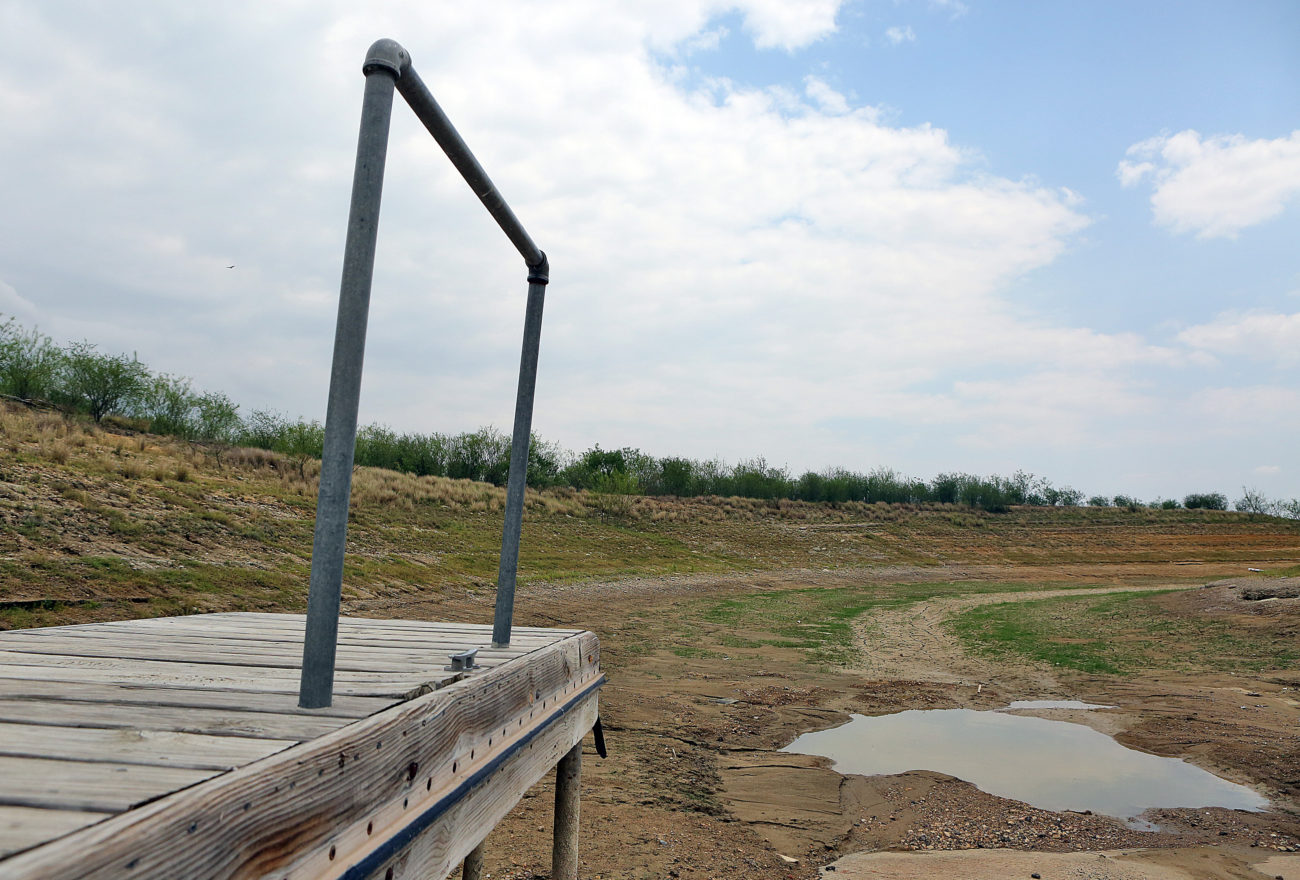|
Only have a minute? Listen instead
Getting your Trinity Audio player ready...
|

Once again, the Rio Grande Valley has endured another dry year. Once again the Rio Grande reservoirs that feed the Valley have fallen to alarming levels; as of Friday Amistad held 33.7% of normal capacity while Falcon had only 9.1%, according to the International Boundary and Water Commission.
Several cities in the region have implemented mandatory water use restrictions. And once again, Valley officials are complaining about our difficulties in getting Mexico to meet its obligations under a 1944 water-sharing treaty that stipulates how much each country must feed into the river from tributary waterways.
In order to account for weather patterns that can’t be controlled, the treaty provides five-year blocks that factor in possible drought-related shortages. Over the years, however, Mexico has built several dams across its tributaries and withheld water in order to help farmers there irrigate their crops and benefit their economy. However, those retentions have deprived Valley agriculture of that same water. Analysts have said the shortage has caused billions of dollars in losses to U.S. growers and the Valley’s economy.
The latest Valley official to address the issue is U.S. Rep. Monica De La Cruz, who has sent a letter to the Biden administration demanding that it hold Mexico accountable for the water shortfall. She also offered a resolution in Congress supporting efforts to convince Mexican officials to maintain annual compliance rather than wait for the end of each five-year period.
Is a new treaty needed? Much has changed since 1944, beginning with population growth and demand for water on both sides of the border. Weather patterns have changed, which climatologists say likely is part of permanent climate change in South Texas.
U.S. IBWC Secretary Sally Spener noted that officials of both countries monitor treaty compliance and address issues as needed. Rather than rewrite or amend the entire treaty, which would require congressional ratification, updates are handled through “minute” updates addressing specific issues.
“I’m not aware of anybody advocating throwing out the treaty entirely,” Spener told us this week. “The minute process allows us to adapt to changing conditions as we need to.”
She noted that the minute adaptations might be more solution oriented, such as looking for ways to mitigate water losses, such as funding conservation projects through the North American Development bank.
“Instead of fighting over a shrinking pie, we’re looking for ways to make the pie bigger,” she said.
Minute No. 325, adopted in October 2020, created a Rio Grande Hydrology Work Group, managed by a Rio Grande Policy Work group, to focus on long-term issues and develop long-term solutions. That group is scheduled to issue its first report at the end of this year. We trust the group will factor in chronic dry periods like those that have plagued us for three decades, and suggest mitigation efforts we can make at the local level to better conserve water and reduce consumption, in addition to focusing on treaty compliance.
After all, we can’t rely solely on Mexico and Mother Nature to keep the water running; we also must do our part.




